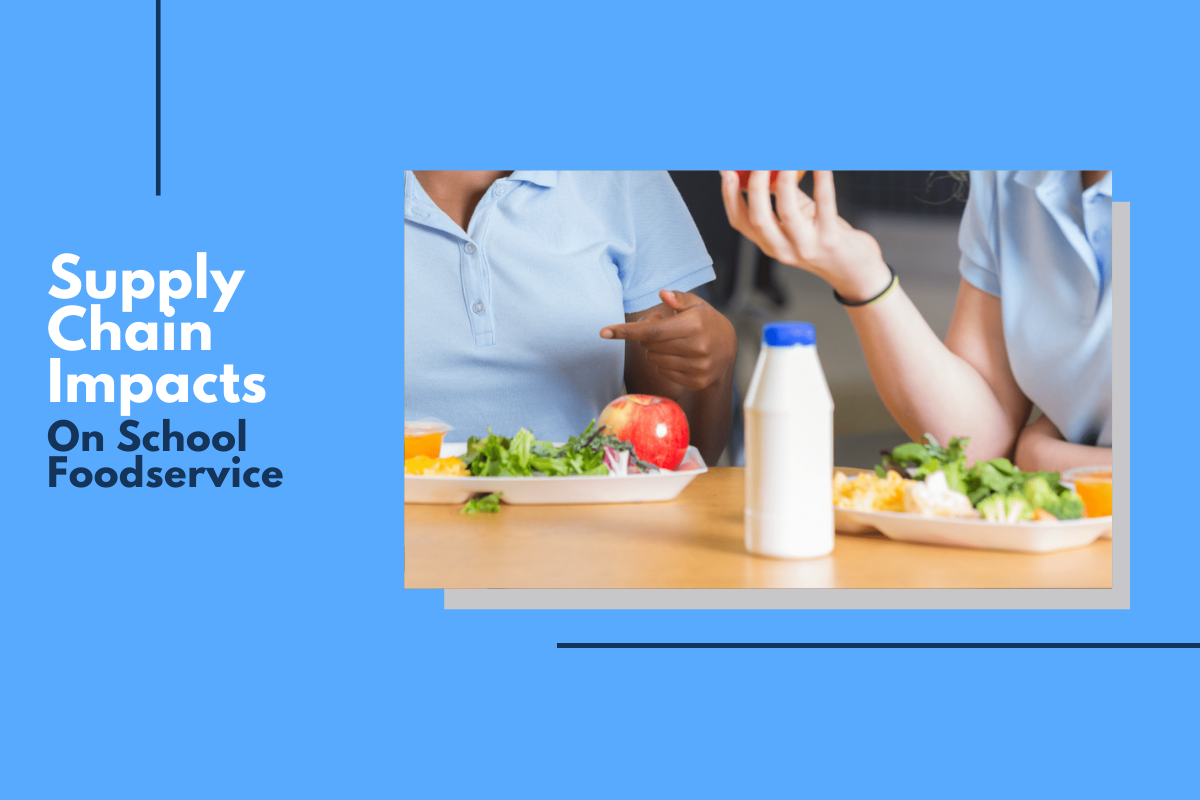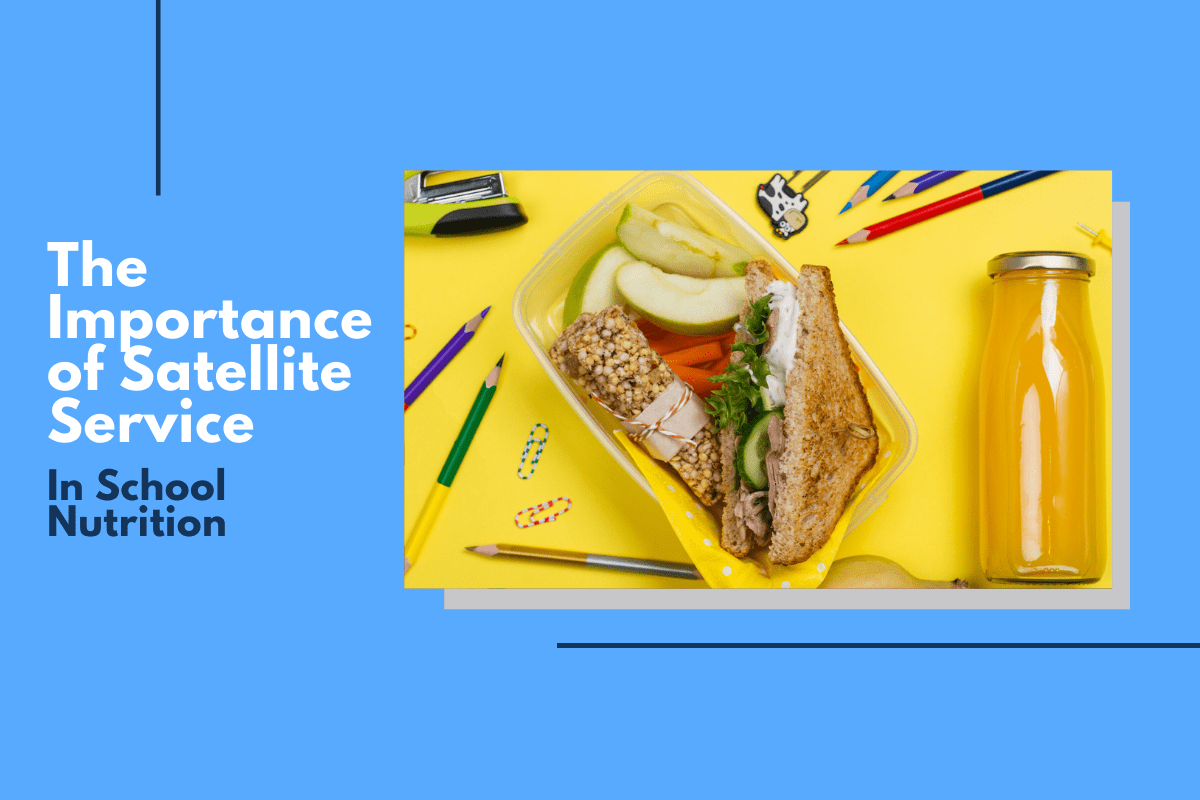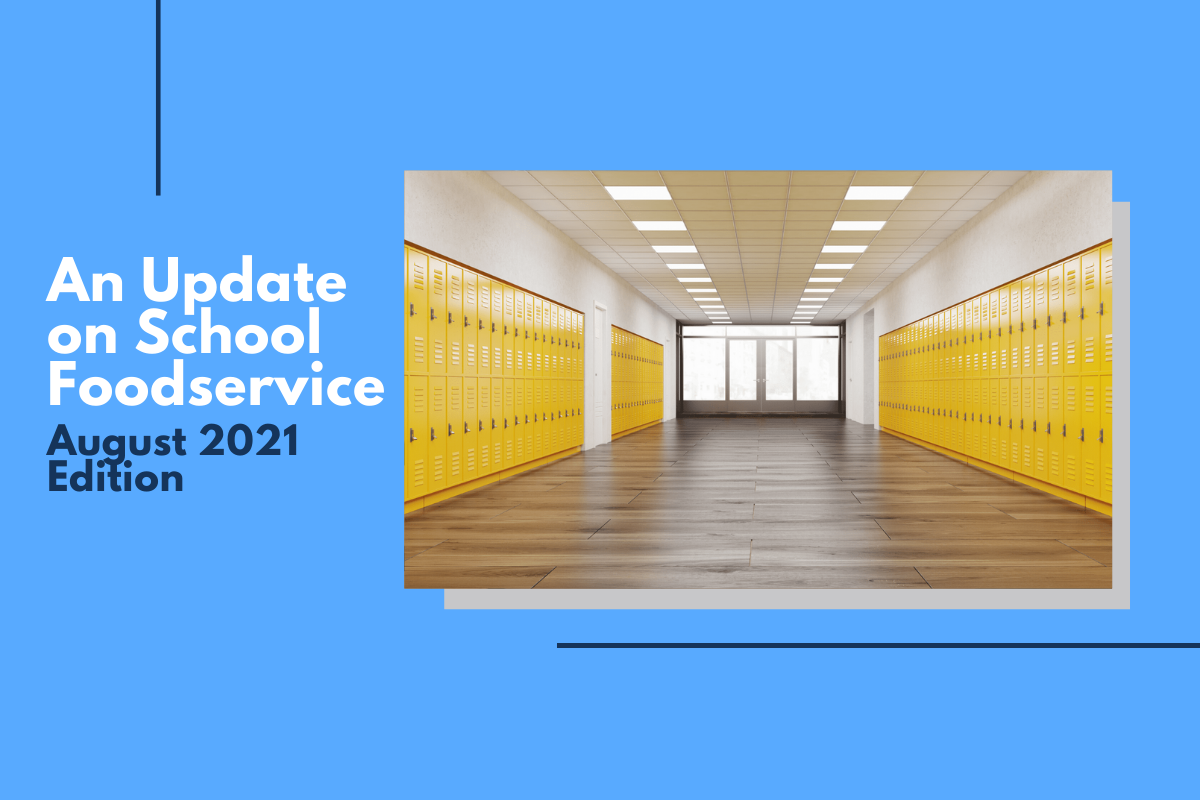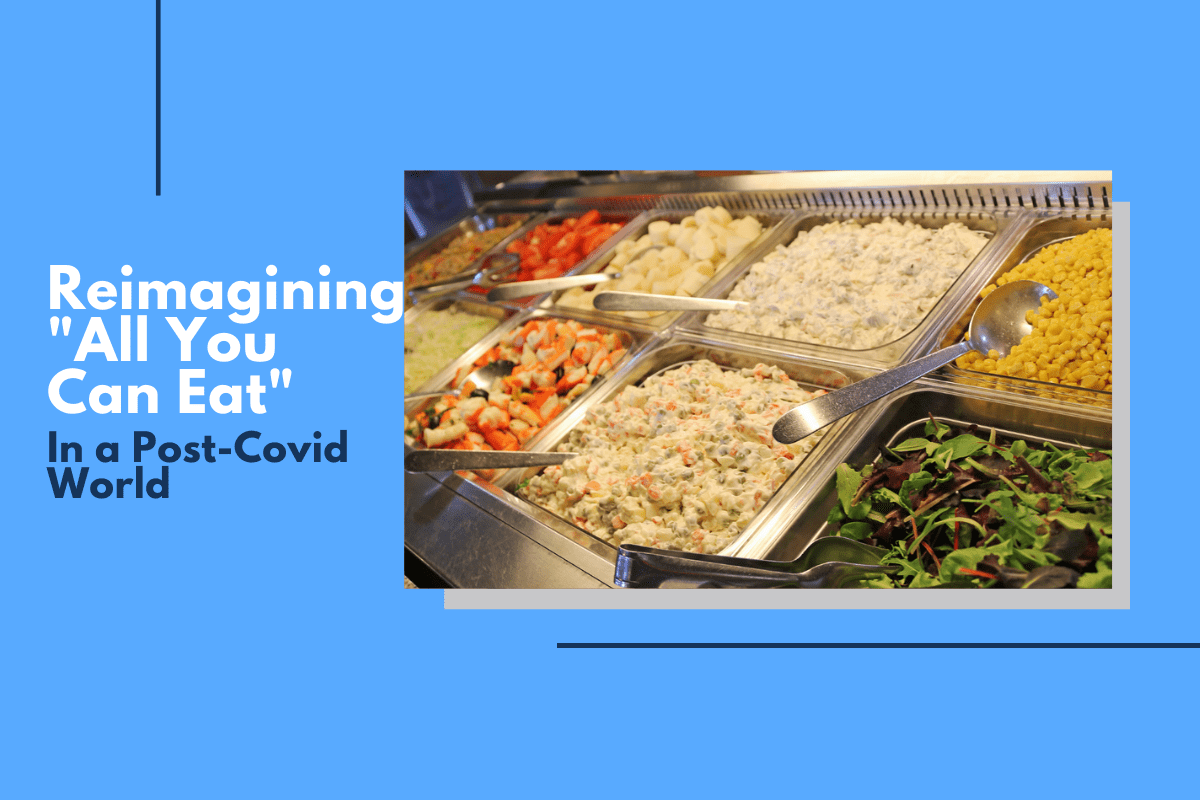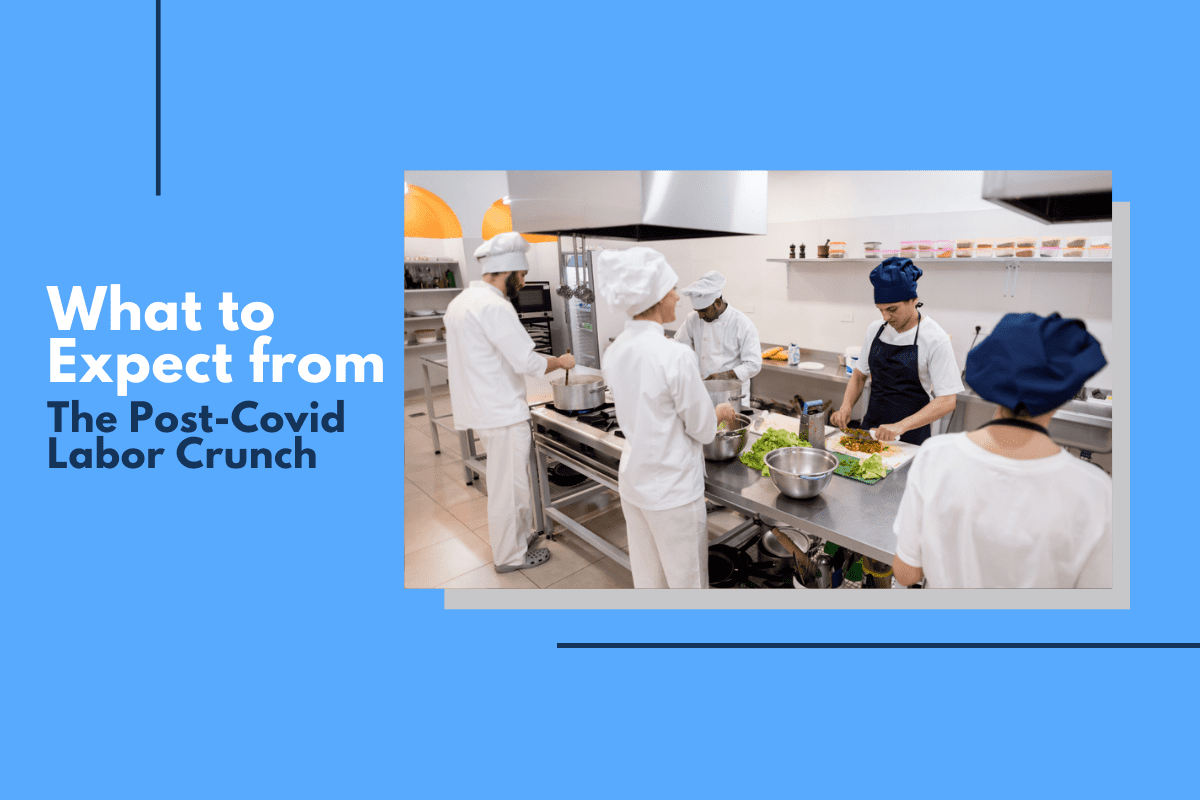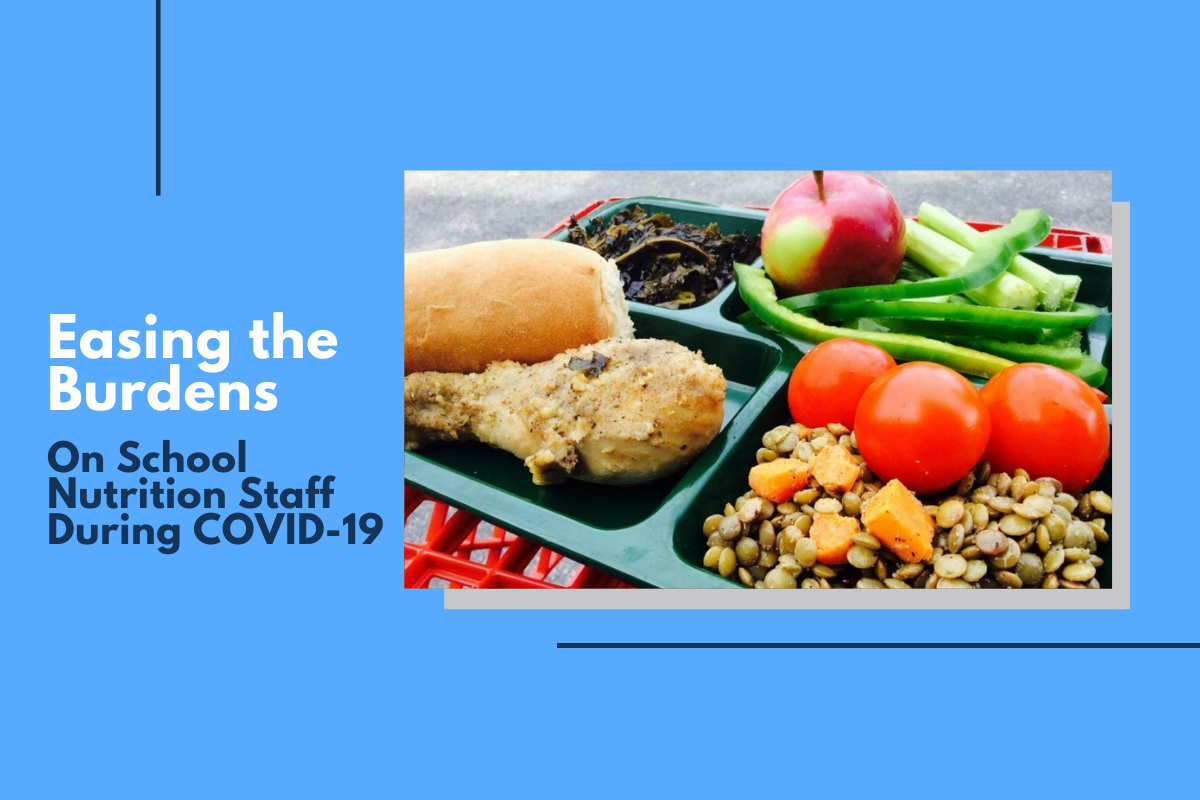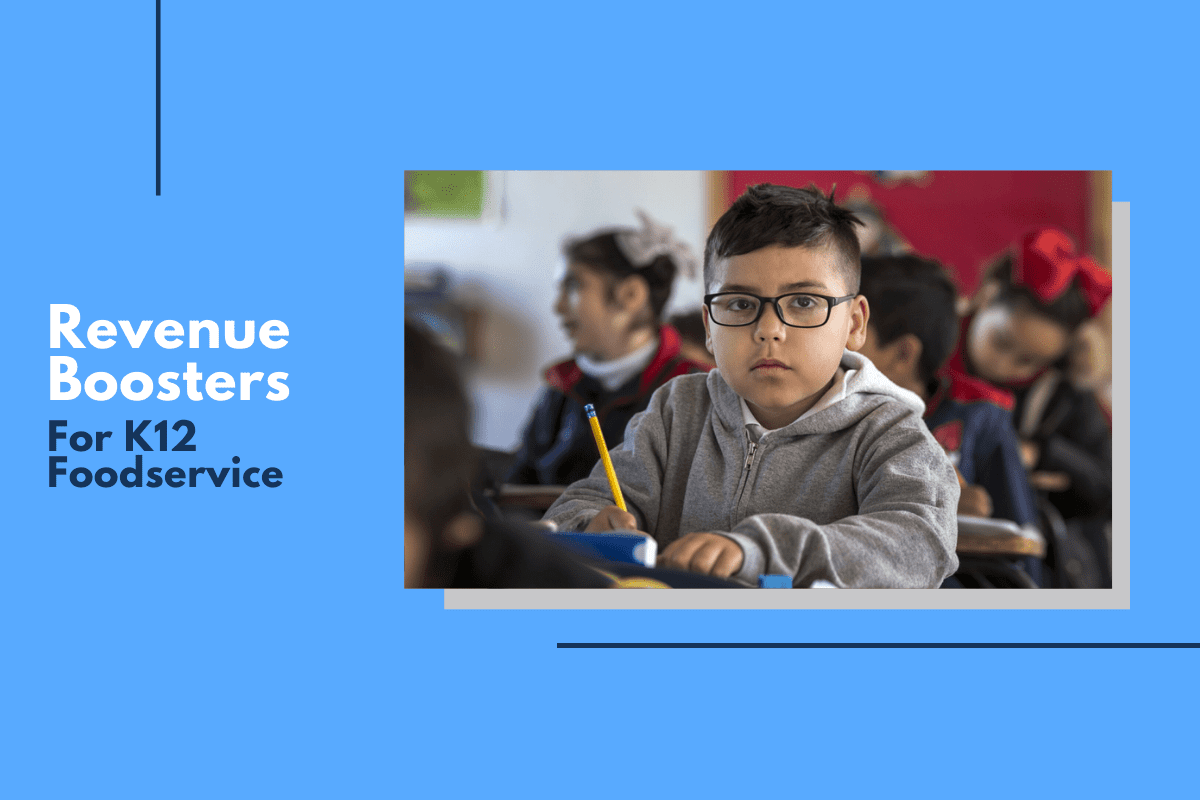
Revenue Boosters for K12 Foodservice
School nutrition directors are facing a lot of uncertainty in K-12 cafeterias, but one of the constants is the need to drive student participation and revenue.
When schools can develop creative points-of-sale in spaces that are otherwise unused, nutrition programs can take big steps toward achieving this objective.
How?
It all starts with an idea followed by the solutions to make it happen. Whether it be a concessions cart outside the school gymnasium on a Friday night or a student-operated coffee kiosk serving lattés on a Monday morning, there are numerous opportunities to keep students on campus, generate revenue, and even provide some educational opportunities for students.
But it does take the right equipment, and that equipment needs to be versatile, mobile, and durable while also creating attractive-looking environments that will encourage sales.
Consider a Lakeside Mobile Merchandising Station
COFFEE & BEVERAGE KIOSK
Lakeside’s coffee and beverage kiosks are designed to pull in customers and make the sale of coffee and other beverages easy and profitable. Units are available with custom vinyl graphics that can match any school’s spirit, and durable mobility allows them to help provide service in the most remote areas of campus.
MART CART
For directors looking to move meal service to various areas of the school, including outside for socially distanced meal service to reduce the risk of Covid exposure, a mart cart is one of the most versatile units available. With different styles of over-shelves available, service can be even more versatile, as staff can serve both meals and grab-n-go snacks at the same time.
COMPACT MART CART
Schools looking for pared down service can put their foodservice capabilities on wheels with a compact mart cart, allowing K-12 school nutrition directors to develop a grab-n-go foodservice programs that can include both smaller meals and snacks. Because of the easy mobility, units can even be moved outside for safer service during the current Covid pandemic.
Lakeside can help schools move meals around
From grab-n-go meals to comprehensive coffee programs, Lakeside has a range of solutions to help school nutrition directors turn some of their wildest ideas into reality. Now more than ever it’s important to consider out-of-the-box foodservice options, and our team of experts can help determine just what those points-of-sale might look like with a little creativity and the solutions to make them reality.

